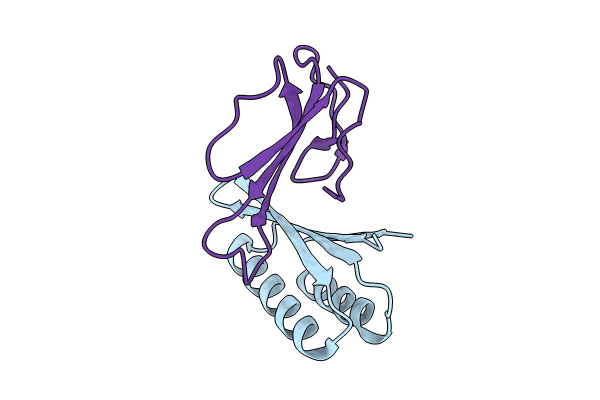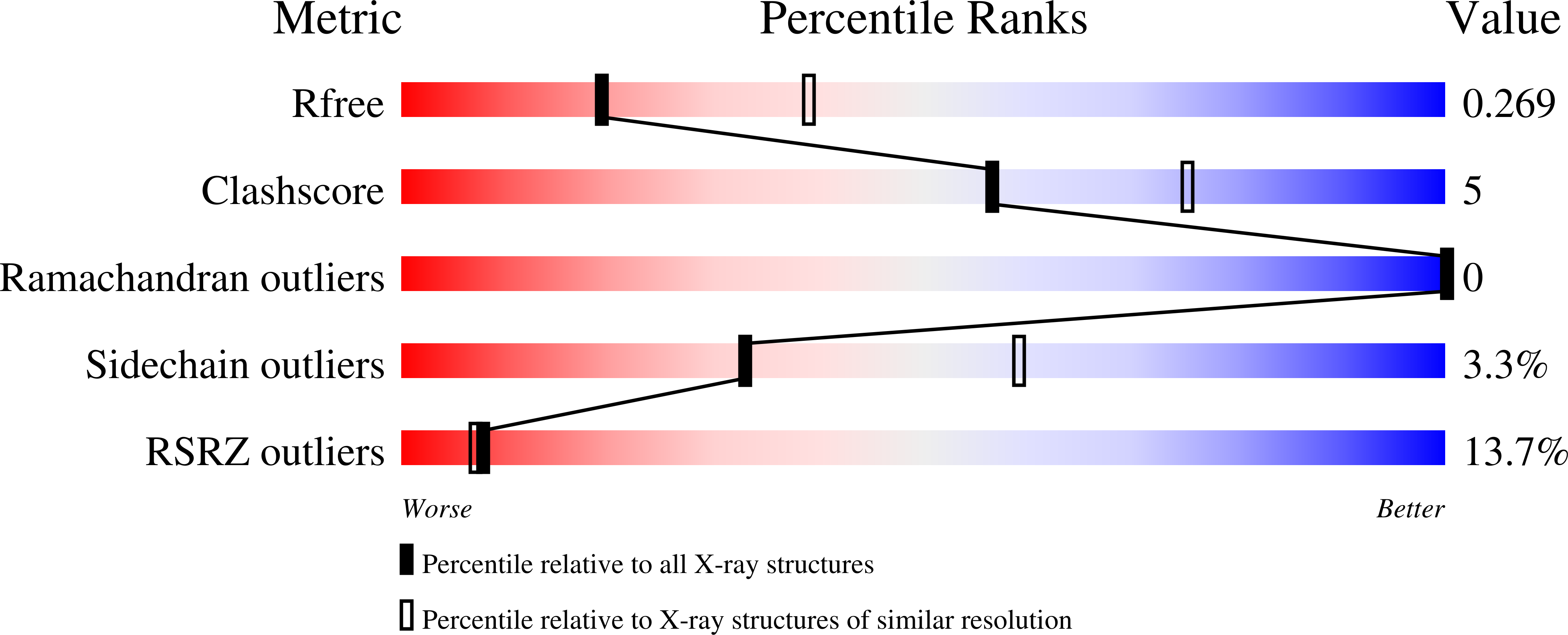
Deposition Date
2024-04-26
Release Date
2024-10-09
Last Version Date
2025-03-12
Entry Detail
Biological Source:
Source Organism:
synthetic construct (Taxon ID: 32630)
Naja kaouthia (Taxon ID: 8649)
Naja kaouthia (Taxon ID: 8649)
Host Organism:
Method Details:
Experimental Method:
Resolution:
2.68 Å
R-Value Free:
0.26
R-Value Work:
0.23
R-Value Observed:
0.24
Space Group:
I 41 2 2


